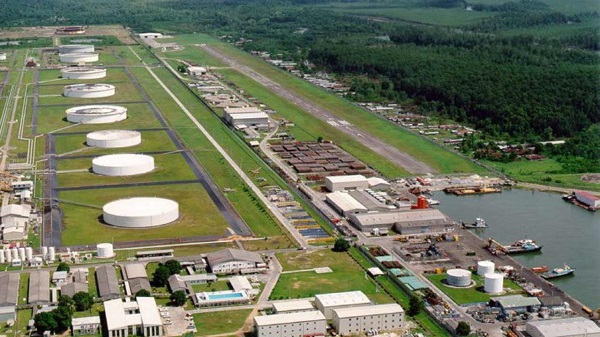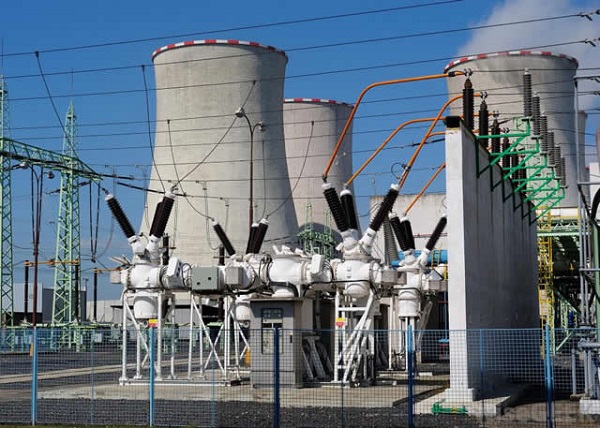OPEC expects recovery in Q4, fall in demand to 19.73 mil b/d in Q2
 • Extraordinary macroeconomic action key to faster recovery, says IMF
• Extraordinary macroeconomic action key to faster recovery, says IMF
OPEC is banking on global oil demand recovering by more than 10 million b/d from the second quarter to the fourth quarter of 2020 as it embarks on a global supply pact along with allies and rivals to provide relief for a coronavirus-stricken oil market.
OPEC’s analysis arm, like many other agencies, severely cut back its demand forecast for 2020 as the COVID-19 pandemic has spread fast globally, jolting an oil market with a historic shock described as “abrupt” and “extreme.”
Meanwhile, the International Monetary Fund (IMF) has said the outlook is subject to exceptionally high uncertainty, reaffirming that extraordinary macroeconomic action, and working together, will contribute to a faster recovery.
“Targeted and sizable fiscal support is critical to provide a safety net for the most affected households and businesses and create conditions for a rapid recovery. We welcome the actions of central banks and financial authorities to alleviate stressed global financial conditions and maintain financial stability”, the IMF added.
The producer group now expects global oil demand to plunge by 6.8 million b/d year on year in 2020 to 92.82 million b/d, with April witnessing the biggest contraction at about 20 million b/d, according to its latest monthly oil market report.
But data showed that demand in Q4 is expected to rebound to 97.30 million b/d from a low of 86.70 million b/d in Q2.
The report warned of further adjustments and downward risks due to the large uncertainties, as large-scale containment measure remain in place to combat the COVID-19 coronavirus.
These measures “have led to tumbling fuel consumption, amid product inventory builds, severely damaging jet fuel markets and driving gasoline margins into negative territory,” it added.
The impact of this is already seen in the oil products markets with refiners having to reduce or halt operations due to terrible margins.
Under the OPEC/non-OPEC deal agreed over the weekend, the producer group specifically has agreed to cut its production by 6.08 million b/d in May and June. This is based on a baseline of 26.68 million b/d and exempts Iran, Libya and Venezuela.
It will also cut 4.87 million b/d between July and December and 3.65 million b/d from January 2021 to April 2022.
The report said demand for OPEC crude in 2020 will average 24.52 million b/d, more than 4 million b/d below its production last month.
The analysis, however, shows that demand for OPEC crude in Q2 2020 will be as low as 19.73 million b/d before increasing to 30.01 million b/d by Q4.
But this is based on demand recovering by more than 10 million b/d from the second quarter to the fourth quarter this year.
OPEC’s March production of 28.61 million b/d was up 821,000 b/d from the month prior, according to secondary sources, largely due to a return of its market share strategy led by Saudi Arabia, UAE and Kuwait.
This is almost 9 million b/d over what it sees as the demand level for its crude in Q2, showing how steep the demand destruction is.
The kingdom, however, self-reported March output of 9.73 million b/d, while the secondary sources used by OPEC to monitor production estimated it much higher at 10.058 million b/d.
UAE said it pumped at record-high of 3.53 million b/d compared with a secondary sources estimate of 3.45 million b/d.
Production fell in countries that are exempt from the deal — Libya, Iran and Venezuela — by a total of just over 200,000 b/d.
Iraq, OPEC’s second-largest producer, pumped 4.59 million b/d, down 20,000 b/d month on month, according to secondary sources. It self-reported 4.50 million b/d.
The report said non-OPEC oil supply is will decline by 1.50 million b/d in 2020, a downward revision of 3.26 million b/d.
The oil price war launched by Saudi Arabia over a month ago led to a severe oil price crash, prompting oil companies, especially those in the US, to severely cut capex.
OPEC now expects US oil supply production will fall by 150,000 b/d in 2020 from the previous year.
Norway, Brazil, Guyana and Australia will be the only countries in which oil production will grow in 2020, it added.








